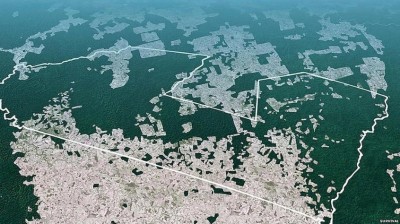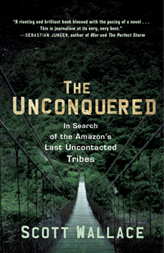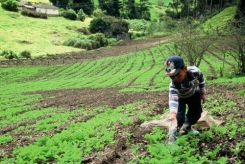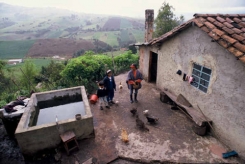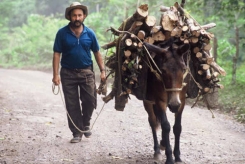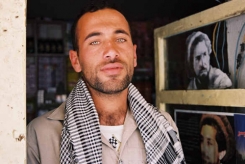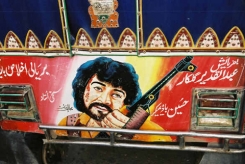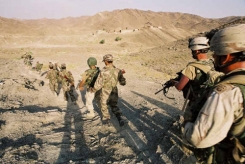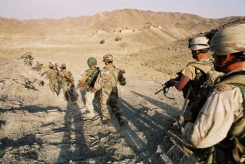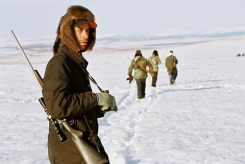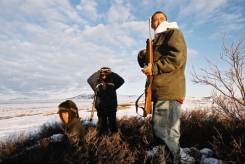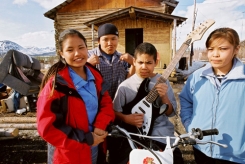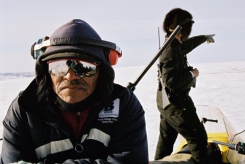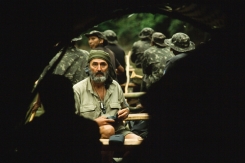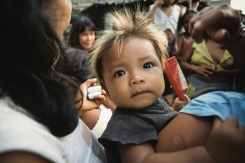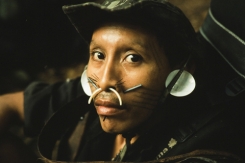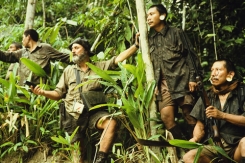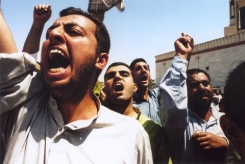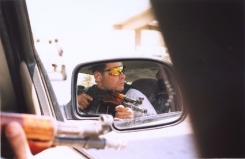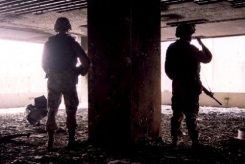Massacre Feared in Venezuela
August 30th, 2012Posted to National Geographic
As many as 80 Yanomami Indians are feared dead in a village deep in the jungles of Venezuela, victims of an alleged massacre carried out last month by Brazilian gold prospectors.
According to a criminal complaint filed this week with prosecutors and military authorities in Puerto Ayacucho, capital of the state of Amazonas, the incident occurred on July 5th at the native settlement of Irotatheri at the headwaters of the Ocamo River in Venezuela’s remote Upper Orinoco region.
The charges indicate that the gold prospectors may have arrived by helicopter, illegally entering Venezuela from Brazil to carry out the raid. Details were provided by three survivors who had gone out hunting early that morning and were away from the shabano – a circular communal structure typical of a Yanomami village – when the attack occurred.
“Survivors of the community who were in the jungle heard gunfire, explosions and even a helicopter in which the miners landed,” Luis Shatiwe, executive secretary of Horonami, the Yanomami rights organization that filed the complaint, told reporters. Witnesses from a neighboring village are said to have seen charred bodies and the burned remains of the shabano.
The presence of Brazilian garimpeiros – or wildcat prospectors – in the headwaters of the Ocamo River has been extensively documented since 2009, when several community members were sickened, apparently by mercury poisoning. Mercury is commonly used by miners to separate gold from ore in the field, creating a serious health hazard in wide stretches of the Amazon rainforest.
Brazilian prospectors have been invading Yanomami lands on both sides of the thinly-patrolled border for the past several decades. Roundups and crackdowns by police and military temporarily interrupt the operations, but enforcement efforts are stymied by the vast distances and a lack of resources committed to safeguard the rugged upland forest region.
The ongoing presence of miners in Yanomami lands has sown strife among natives suffering from disease, despoiled forests and rapidly changing social mores. There are an estimated 20,000 Yanomami living in small communities scattered throughout southern Venezuela and northern Brazil.
“This is a slaughter against the Yanomami people,” said Shatiwe.

